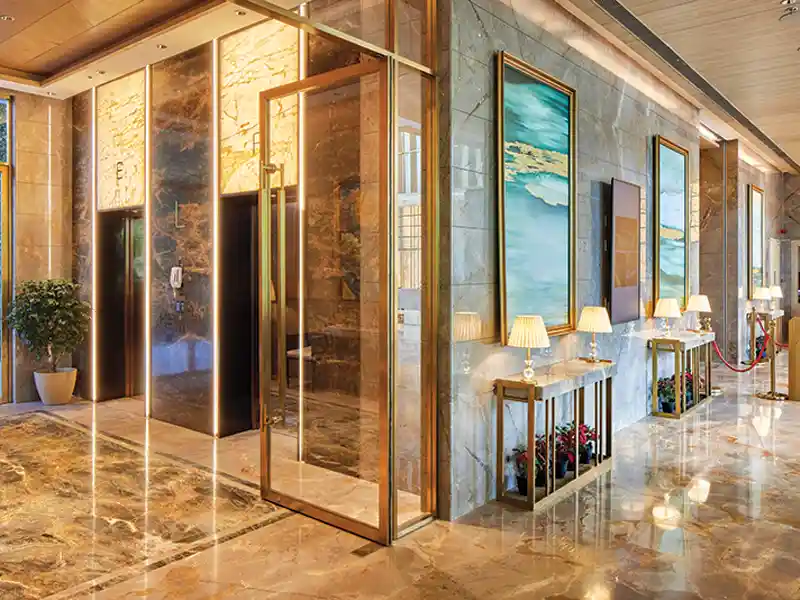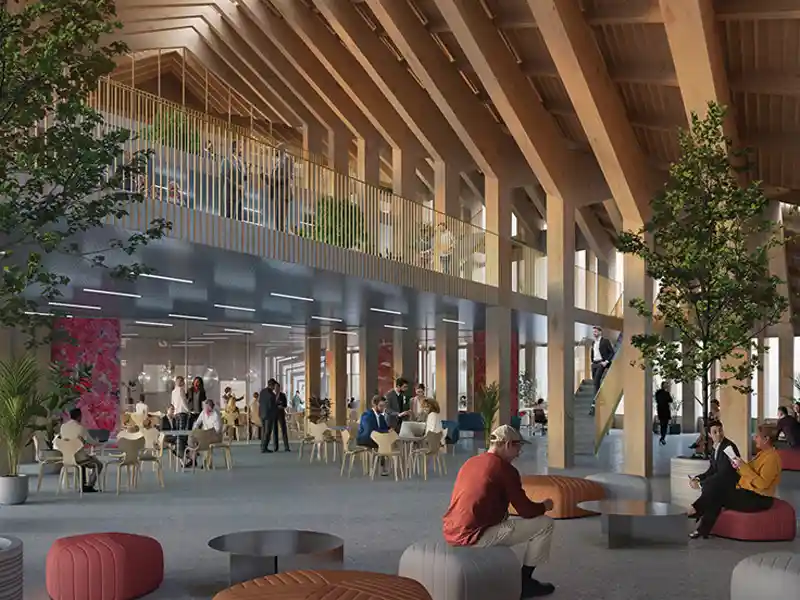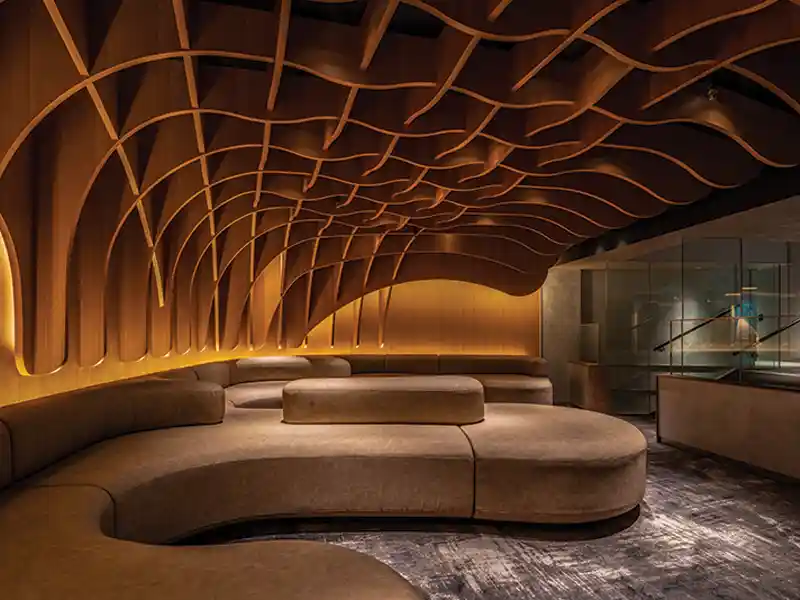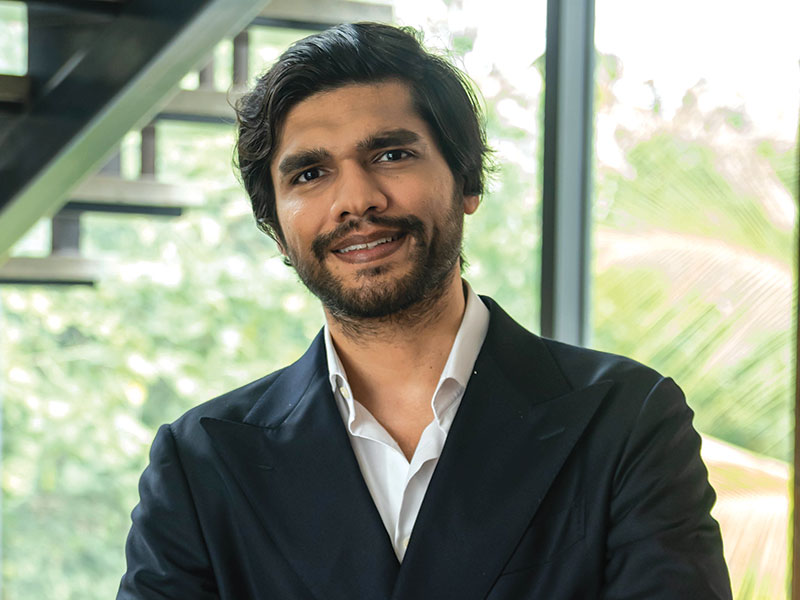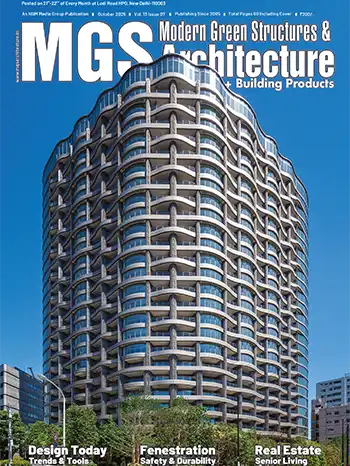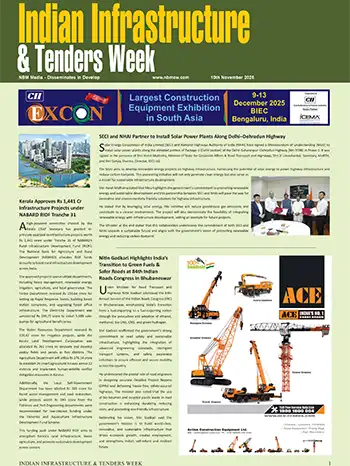
The news of the global pandemic raised many concerns but in the architectural realm, it was one where the entire trajectory of “modern architecture” was being reconsidered. Sustainability and green architectural practices have been a silent force which was brought to the limelight simply because the need for a better environment was felt on not just a global scale at large, but also on a micro level at people’s own homes.
The lockdown forced people to spend their waking hours in the four walls of their home giving rise to the imminent need of creating spaces where one can live healthily and happily. It remains to be seen how the building industry will evolve in the aftermath of the pandemic but one thing remains constant, the urgency to promote and design spaces which are co-habitable with the natural environment and in the truest sense of the word - sustainable.
The concentration of masses in a singular context needs to be reduced.
The equal distribution of crowds can be achieved by the injection of more quality space and recreational services. Enough breathing spaces or transition spaces can be seen as a mandatory design element. Improving the quality of the built environment can be achieved in various ways - from site selection to the materials used in the design.
Site selection needs to be done keeping in mind the various existing natural conditions and having sensitive solutions to work around the same in a non-interfering fashion. Having an adequate blend of waterbodies and natural green covers wherever possible also increases the percentage of air quality.
Architectural trends will be dominated by the sole need of improving the quality of life of the users inhabiting the structure.
The crumbling economic status at many places will most definitely generate a likeness towards minimal design trends that provides maximum efficiency. The design dynamic is veering greatly towards a future where the office spaces are interspersed with the living environments itself. The shift from offline to solely online-operated commercial companies and organizations has highly reduced the need for a separate ‘workspace’. Coupled with this, low-rise structures that provide the necessary unmediated link with nature, which cannot be found in high-rise structures, is also a possible drift in the course of future architecture.
Use of local materials leads to a better climatic response of the structure to the existing climatic conditions.
Opposing views regarding the need and ease of using materials like concrete and glass on a wide scale in a project can be seen. Nevertheless, such usage can lead to corruption of the culture present in the context and give rise to issues like poor climatic performance and reduced energy efficiency.
On the other hand, materials sourced locally not only reduce the carbon emissions generated but also promote the economy of the locality and help the structure to blend in with the existing cultural environment.
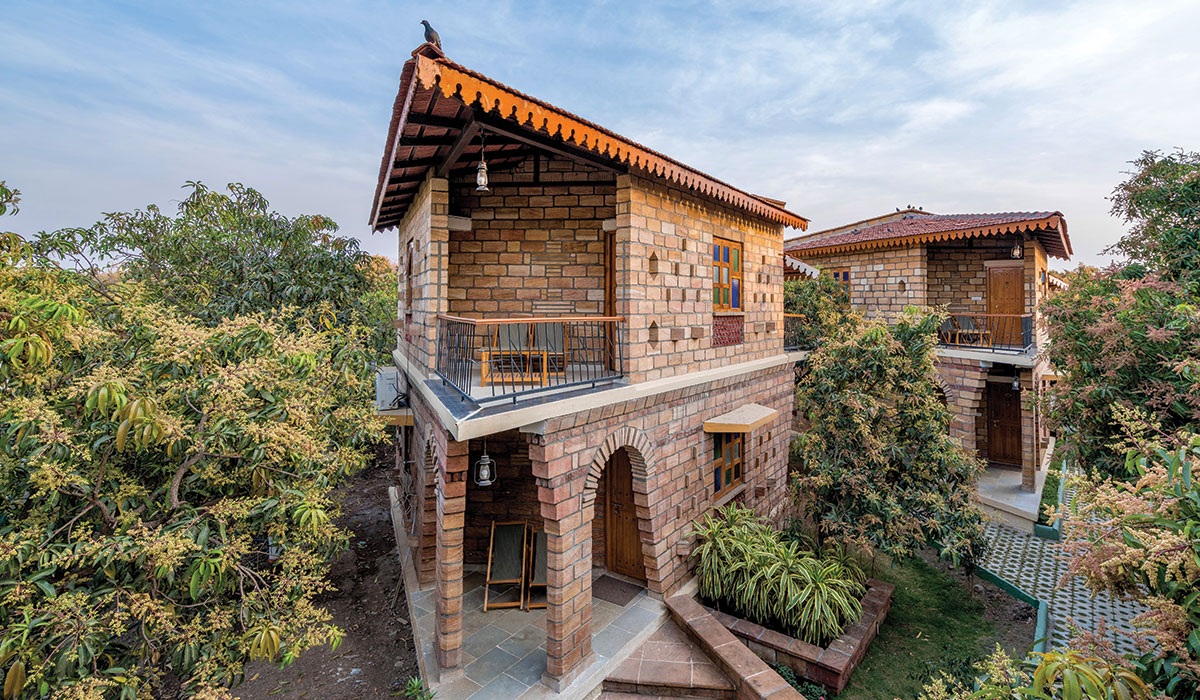
Adapting to the natural environment and being sensitive to the natural issues faced contextually is the only way to ensure a world where man and nature co-exist.
The architecture industry is an ever evolving and progressive field which is dictated not just by fast-paced trends or cultural evolutions but also by daily life events. Architecture needs to be viewed as a means of art expression which translates the emotions, character, and energy of the specific context. In any kind of architectural style, when a structure is raised, it should have a relation with the surrounding. When this co-relation is maintained, the design can be considered as one that meets all the necessary criteria for a good design.

